RenovatingAsbestos Awareness: The Reno Risks To Avoid
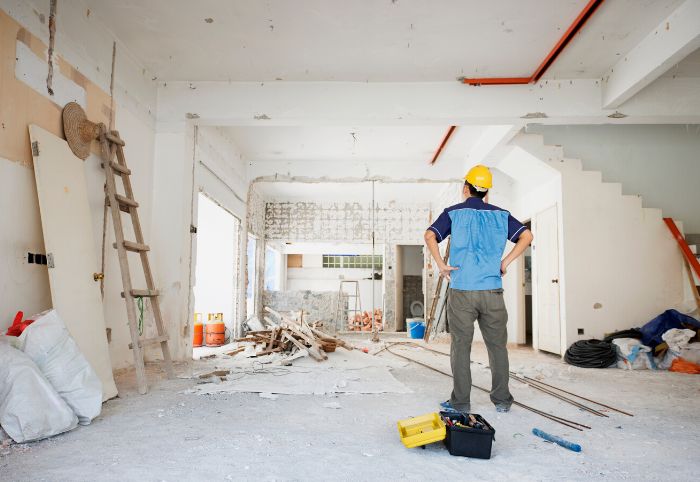
November 2023 marks the 10th annual National Asbestos Awareness Month campaign in Australia. With home improvements more popular than ever, it’s the perfect time to brush up on the asbestos risks lurking in one-third of homes.
Whether you’re planning to extend your house, replace an old kitchen or rip up worn-out floor coverings, renovating a house built before 1990 could risk lives by exposing anyone nearby to dangerous asbestos fibres.
So avoid playing ‘Renovation Roulette’ by ensuring you’re aware of the dangers of asbestos before taking on that long-awaited reno. Even if it means waiting a little longer for that new kitchen you’ve been pining for.
Thought Asbestos Was Gone? Think Again
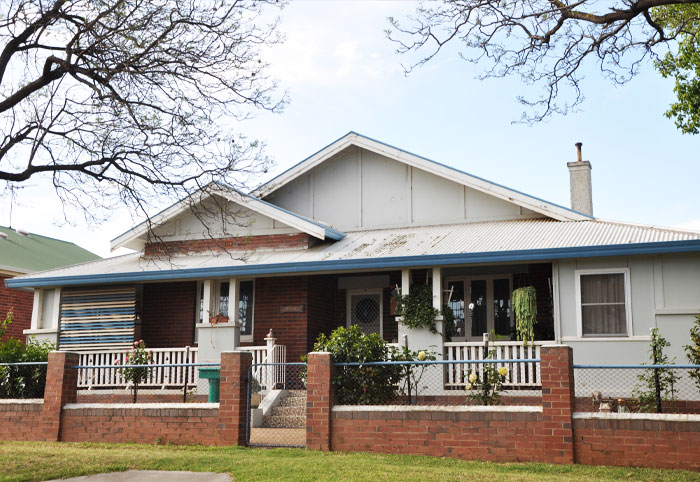
Believe it or not, Australia was among the highest consumers of asbestos in the world at one stage. Although it was banned in December 2003, materials are still lurking in homes built or renovated before 1990. This includes brick, weatherboard, fibro-clad homes – and yes, even apartments.
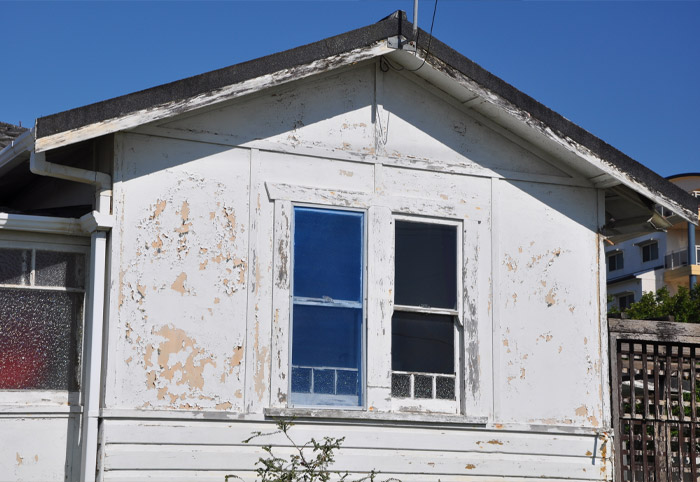
Asbestos wasn’t only used to build cottages from Fibro sheeting, it was used everywhere in homes!
In fact, asbestos was used in more than 3000 building and decorator products, which are still found in one out of three Aussie homes today. These materials remain a deadly legacy often hidden in plain sight of millions of dwellings around the country.

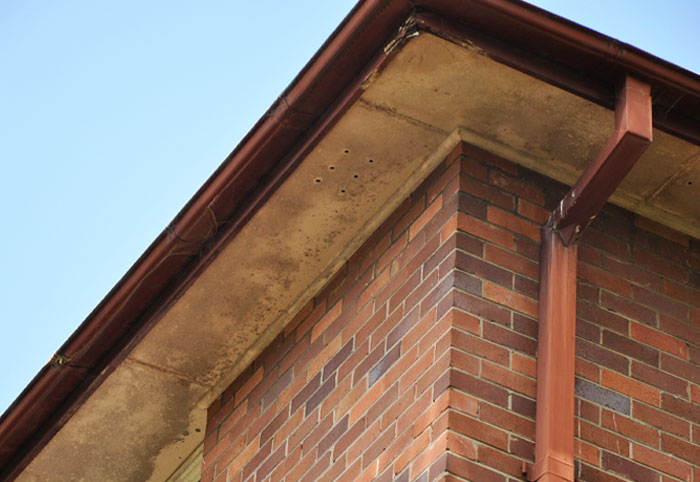

Asbestos cement sheeting (flat and corrugated) was extremely popular for building garages and backyard sheds in the past. During the building process, remnants of the materials were often buried on site, only to be unearthed years later when planting garden beds or excavating for pools, spas or footings.
Corrugated asbestos cement sheeting was also very popular for roofing. Known as Super Six, these roofs are now aged and brittle due to years of weather exposure and are at high risk of releasing deadly asbestos fibres into the air around your property and neighbouring properties.

Some of the other places asbestos might be lurking around homes include underneath floor coverings, behind tiles, in cement floors, around hot water pipes, in fences, rooves, garages – even farm structures and animal enclosures like dog kennels or chook sheds.
Disturbing Asbestos Has Massive Health Risks
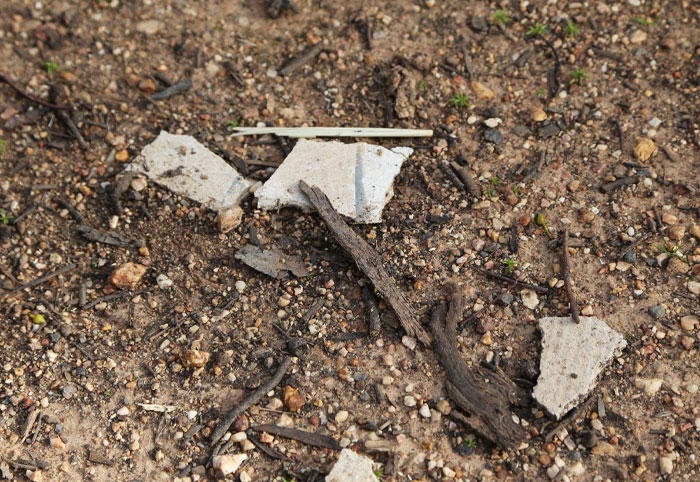
If sealed and undisturbed, asbestos is not dangerous. However, if asbestos materials are disturbed during home maintenance or renovations, microscopic fibres can become airborne. If inhaled, these minute fibres can lead to incurable diseases including malignant mesothelioma, lung cancer and asbestosis.
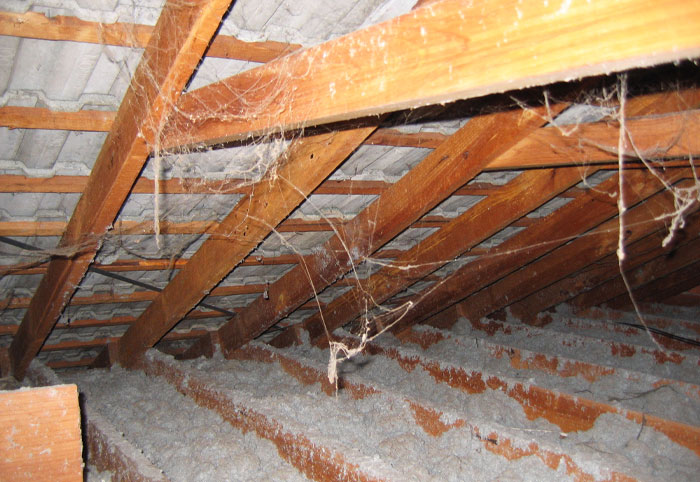
In the past, asbestos deaths were predominantly among miners (First Wave) and those who worked in the transport of raw asbestos and the manufacturing and installation of products containing asbestos (Second Wave).
Currently, the Third Wave of asbestos-related diseases is due to inhaling dust that contains asbestos. It kills over 4,000 Australians every year – more than two-and-a-half times the annual national road toll.
Key Steps To Asbestos Awareness When Renovating
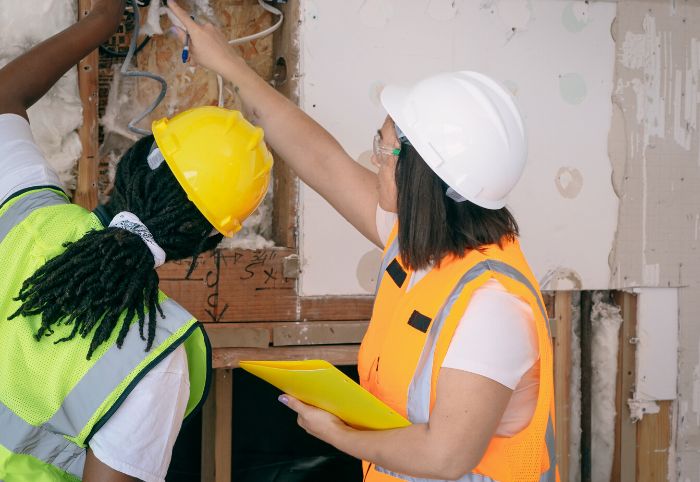
An awareness of the dangers of asbestos is critical when embarking on a renovation, but the challenging thing about asbestos is you can’t tell if a product contains it just by looking at it.
These steps will help you navigate the issue of asbestos and take on your renovation safely.
1. Check the date of your build
Before you rip out old floor coverings or drill walls, check if your home was built or renovated before 1990. If it was built after 1990, it’s unlikely to contain hazardous asbestos. But if it was built before 1990, it will likely contain asbestos in some form or another.
You should still be cautious if your house was built before asbestos became widely used. It may have been affected when new floorcoverings were laid, kitchens were replaced, bathrooms were tiled or when extensions were added.
If your home was built or renovated before 1990, arrange an inspection by a licenced asbestos assessor or an occupational hygienist. They will come to your home, conduct an inspection and have samples of the materials tested by a NATA-accredited laboratory.
2. Consult the authority on asbestos
- Asbestos 101: For Residential Property Owners, Managers and Tradies – Developed in accordance with government Work Health and Safety Regulations and Codes of Practice for anyone who might do work on residential properties, this fact-packed resource provides Australians with vital information about asbestos safety, risks and procedures. It’s a must-read for anyone embarking on a renovation in Australia.
- Asbestos Product Database – Images and locations of products that are likely to contain asbestos
- 20-Point Safety Check – An overview of how to manage asbestos safely
3. Use The Asbestos Awareness Checklist
Consult the user-friendly Residential Property Checklist, a complete guide to identifying materials that contain asbestos. It steps owners through the home to identify where asbestos might be lurking. Plus, it provides a record of suspected asbestos locations.
4. And Leave Asbestos Removal To The Professionals!
While in some states homeowners are permitted to remove asbestos themselves, it is not recommended. In the interest of safety, use licenced asbestos removalists to remove and dispose of hazardous materials in accordance with regulations.
They’ll come to your home, take all the safety precautions (so you know you and your family will be safe), seal the materials, take it away and dispose of them at a licenced Australian asbestos waste facility.
The cost to retain a licenced asbestos removalist is comparable to any other tradie including electricians and plumbers. So, factor the cost of asbestos professionals into your renovation budget just to be on the safe side.
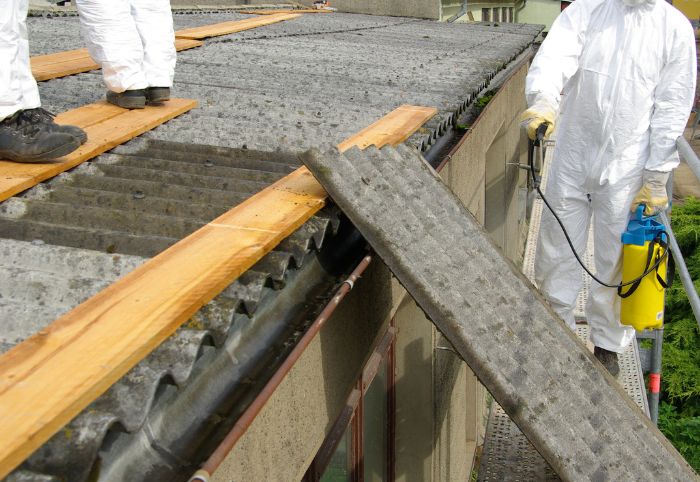
The overarching rule is to respect asbestos for the risk that it is. If you think a product might contain it, assume that it does and take all the necessary precautions when investigating.
If you find asbestos in your home, don’t cut it! Don’t drill, sand, saw, scrape, scrub, dismantle, tip or waterblast it. And whatever you do, don’t dump it!
During National Asbestos Awareness Month (November) we’re urging homeowners and renovators to manage asbestos safely. Because it’s simply not worth the risk.

This article was written by Clare Collins, Chair of The Asbestos Education Committee. The committee launched in NSW in 2011 and leads Australia’s National Asbestos Awareness Month Campaign.
Images supplied.
About to dive into your next reno? Check out how other Aussies have transformed their homes in our compilation of incredible reno stories!